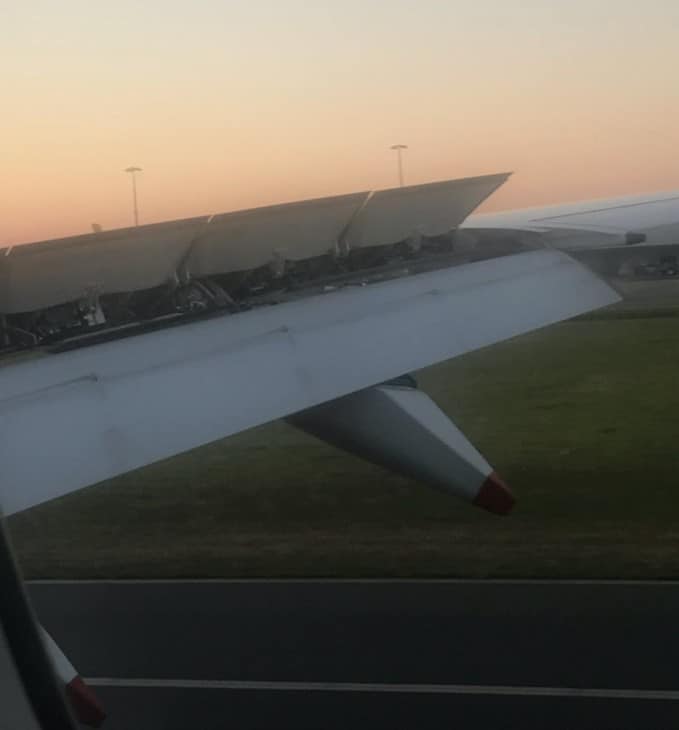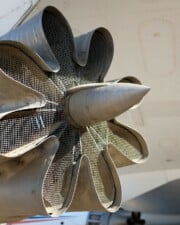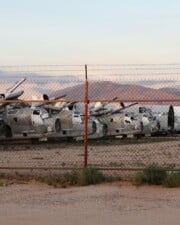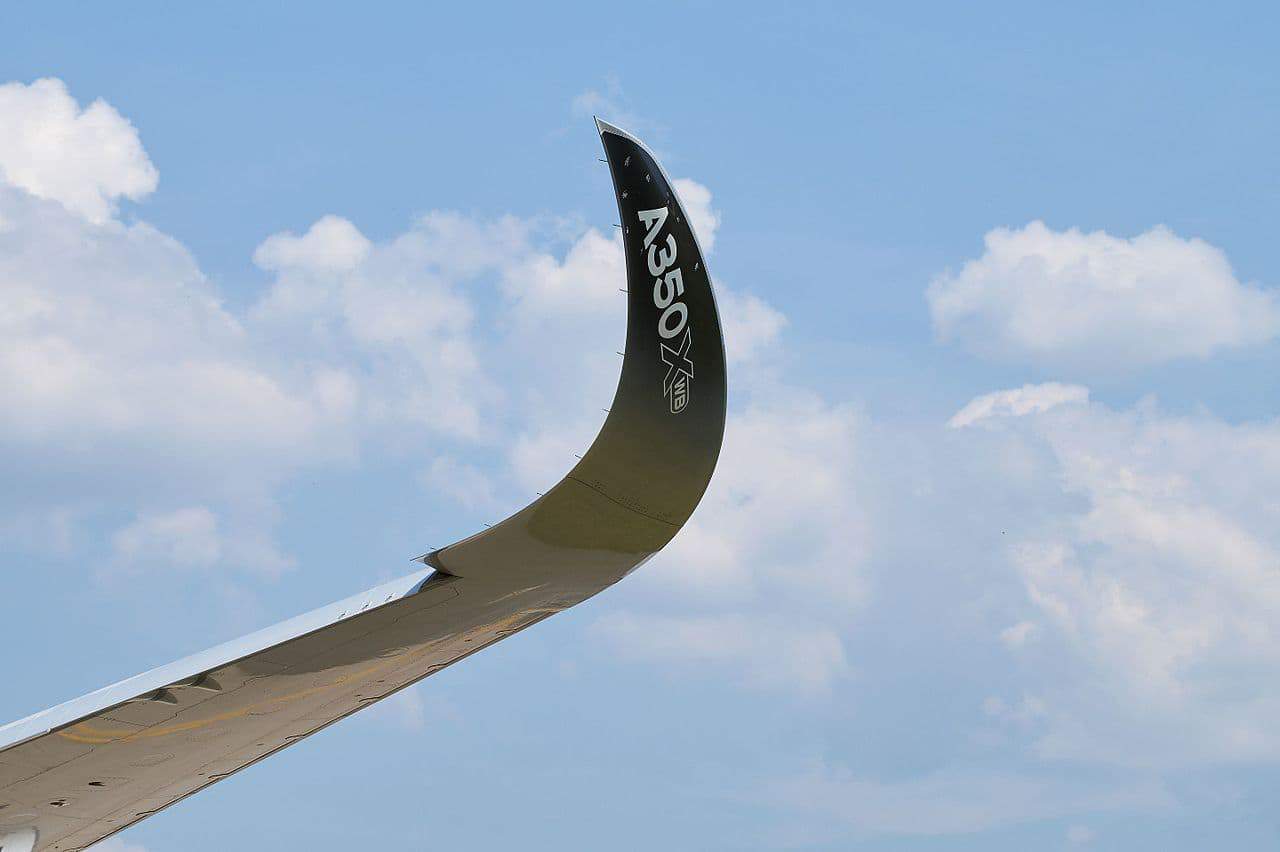Aviation has complicated jargon and terminology that can stump even seasoned enthusiasts. But every once in a while, a device’s name is so simple that its purpose becomes quickly apparent. Such is the case with spoilers.
How Do Airplane Spoilers Work?
Spoilers are devices on the wing that “spoil,” or reduce, the lift being made. They can be used in several ways, both in flight and on the ground. Flight spoilers add drag to help slow the plane down during flight, and ground spoilers are used during landing to help stop the plane.
What are Spoilers?
Spoilers aren’t always just articles and blogs that give away the ending to your current favorite binge-worthy television shows. In aviation, spoilers are a type of flight control that is found on larger aircraft.
They come in two primary forms–flight spoilers and ground spoilers.
No matter when they are used, spoilers are used to disrupt the lift produced by the wing. They “spoil” it by popping out into the fastest moving air above the wing.
Why would a pilot want to spoil lift? Slowing down a high-performance airplane is more problematic than you might think. During flight, if a pilot wants to make a steep approach to the airport, or make a quick descent from one altitude to another, the airplane will invariably try to build up speed.
As speed increases in a descent, so does the lift produced by the wing. This extra speed makes it harder and hard to get the aircraft to keep descending. Spoilers fix that by reducing the wing’s lift in the descent and allowing for a steep and slow path to the runway.
Are Speed Brakes and Spoilers the Same?
Speed brakes are smaller, simpler devices found on small, high-performance aircraft. They are located near the apex of the wing’s chamber, and they usually pop straight up when deployed. They’re especially common on gliders, Mooneys, and other planes with high-aspect low-drag wings.
Some airplane designs have air brakes on the fuselage, like the F-15 Eagle or the BAE 146.

The term speed brake is used interchangeably by some with spoilers, but they are different devices. A brake is a device used to add parasite drag–it doesn’t affect the lift made by the wing very much.
On the other hand, a spoiler is designed to stall a specific part of the wing, thereby significantly reducing the lift it makes. It adds drag too, but it primarily dumps lift. Since it does disrupt lift and create drag, a normal spoiler might be considered both a lift spoiler and a drag-producing brake.
Flight Spoilers vs Ground Spoilers
The two types of spoilers in aircraft differ based on when they are deployed. Flight spoilers are a flight control used throughout the flight, while ground spoilers are used only on the ground to help the airplane stop.
In practice, most planes have a long line of spoilers along the upper side of the wing, and some of them work as flight spoilers, while others are only ground spoilers. They are controlled via slaved flight controls, so the pilot seldom has to think about their use or when to deploy them. There is usually just a control to “arm” them so that the system is ready to deploy them when needed.
Flight Spoilers and Spoilerons
Flight spoilers are used to help the plane lose altitude without building up too much forward speed. To this end, they would be deployed equally on each wing.
Flight spoilers are also often hooked into the plane’s primary flight control system to help control roll. The primary flight control for roll is the ailerons, located on the outboard wingtips.
When the plane wants to roll to the right, the right aileron deflects up into the airstream to create drag and reduce lift. At the same time, the left aileron deflects down to increase the angle of attack and make more lift. With more lift on the left wing, the plane rolls to the right.

Imagine designing an airliner that needs to operate over a wide variety of airspeeds safely. The plane will need to handle well during departures and approaches, flying somewhere around 150 knots. It will also need to fly well when operating at altitude at over 500 knots. The flight controls are going to need to change a little for the different operating envelopes.
At high speed, those standard outboard ailerons will impose a significant load on the wing. Instead of twisting the entire structure, smaller spoilers can be used. And as a bonus, spoilers are usually located farther inboard, so they will impose less twist and be just as effective. Spoilers that are used this way are commonly called “spoilerons.”
Furthermore, since they work by only spoiling lift, there is no adverse yaw created when you use them. The result is that it’s easier to maintain coordinated flight.
Ground Spoilers
If a plane has any spoilers on board, they are usually deployed for landing. So flight spoilers are nearly always ground spoilers too, but ground spoilers are generally used only for landings.

As a plane rolls out after touchdown, the wing is still producing a lot of lift. If the wings still support some of the plane’s weight, then that portion of the weight cannot be stopped by the brakes. For them to work, the wheel brakes must be supporting the full weight of the plane.
Ground spoilers solve this problem by disrupting the wing’s lift so severely that the weight is transferred quickly to the wheels and brakes. They work in concert with the plane’s wheel brakes and engine thrust reversers to stop the plane.
Related Posts















